Hey everyone, today we’ve been to Kanazawa for one full week! Well, usually a week is no time period that is considered to be long, however for us it feels like a lifetime. In the last days, a lot has happened and we are still processing the fact that we are finally here.
Niklas has started his new job at the university and is busy setting up his office. The university is located quite close to our home, only three bus stops away. Very convenient! Besides him, there are also other international guest researcher with whom he is sharing his office. Next week, he will give a talk about his current research results during a two day workshop, so he is a little busy working on the content. Overall, he is happy with his new working space and looking forward to the year ahead.
While Niklas was starting his university life, I tried to succeed with my first project: finding a Japanese language class. I got some tips from our Japanese friends at home and went to the Kanazawa International Exchange Lounge, a place for foreigners who want to learn about Japanese culture. The people working there are all volunteers and the courses are free of charge. It took some time to find it, as the house was hidden in a little street. The staff was very friendly, but not everyone speaks English so I had to wait until someone who was able to talk to me had time for my questions. After a little impromptu test, I was assigned to a course and two days later, I was having my first class in Kanazawa. Together with me, there are six other students form various countries (Malaysia, Indonesia, Bangladesh and Vietnam). It is so fascinating to get to know all these people and to learn together. The teacher was very friendly and I was able to follow the class. But, it was not easy! Afterwards, I was very tired…
I liked the course so I will continue attending it, but for an intensive preparation regarding the Japanese Language Test in December I will have to take additional classes in another language school that I also visited. The teacher there was very friendly, too. He told me about his program that includes regular excursions and activities. It really sounded interesting, so hopefully I can start here in autumn for the JLPT preparations.
When we are not busy following our to do list, we enjoy the Japanese cuisine! :) I went to a Teishoku Restaurant on my own (Teishoku means “meal set”) where you order your food through a computer (luckily there were lots of pictures that helped me to understand what I ordered) and then you bring the receipt to the staff. It is not very expensive and your food always comes with rice and a soup. I enjoyed fish with rice, miso soup and tofu. It was challenging to eat the fish only with chopsticks… I hope I managed without embarrassing myself.
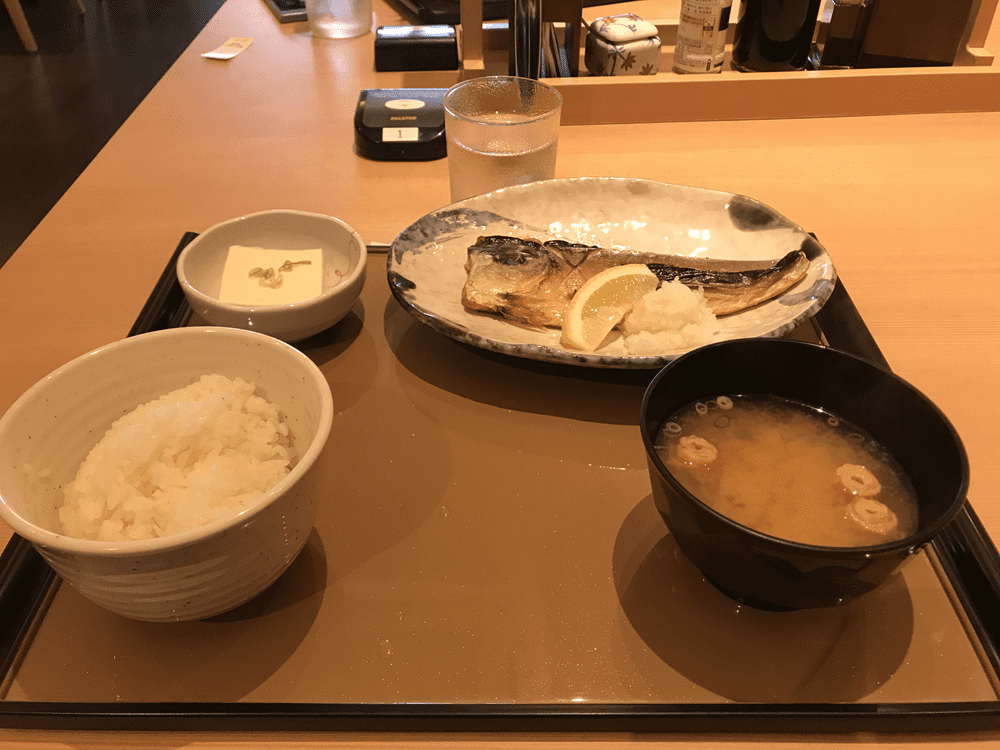 Dining alone is no problem in Japan. In this restaurant, everyone was eating alone.
Dining alone is no problem in Japan. In this restaurant, everyone was eating alone.
Moreover, we went to a grill restaurant close to our flat. We didn’t really understand how the menu worked so we ended up ordering the all-you-can eat option (you can order everything within 100 minutes) and tried a lot of meat! It was really delicious but afterwards we experienced kind of a food coma.
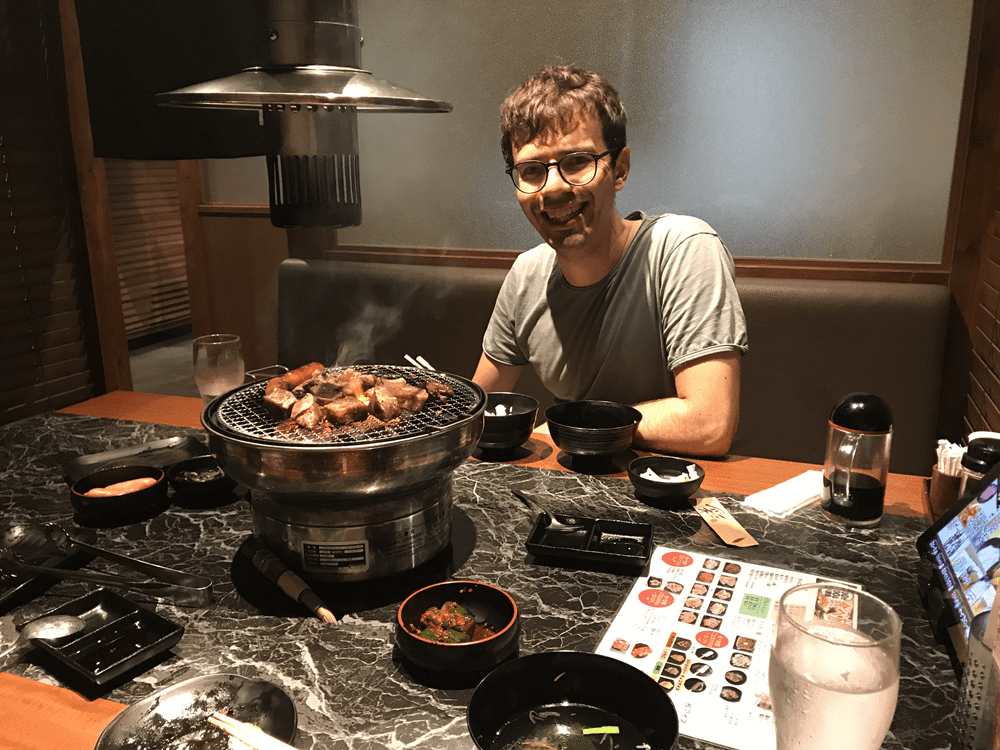 We really enjoyed the experience to grill our meat with this gas cooker!
We really enjoyed the experience to grill our meat with this gas cooker!
The last days, our new furniture finally arrived! We now have little desk (from where I’m writing this text right now) with a chair, a sofa (from secondhand shop) with a small coffee tables and chairs for the dining table. The dining table however will be delivered next week, that means we still have to eat on the floor for some time. Counting the days until then… We had to build most of the furniture ourselves (remembering good old IKEA times), but we managed! Now, our flat is definitely more comfortable than before.
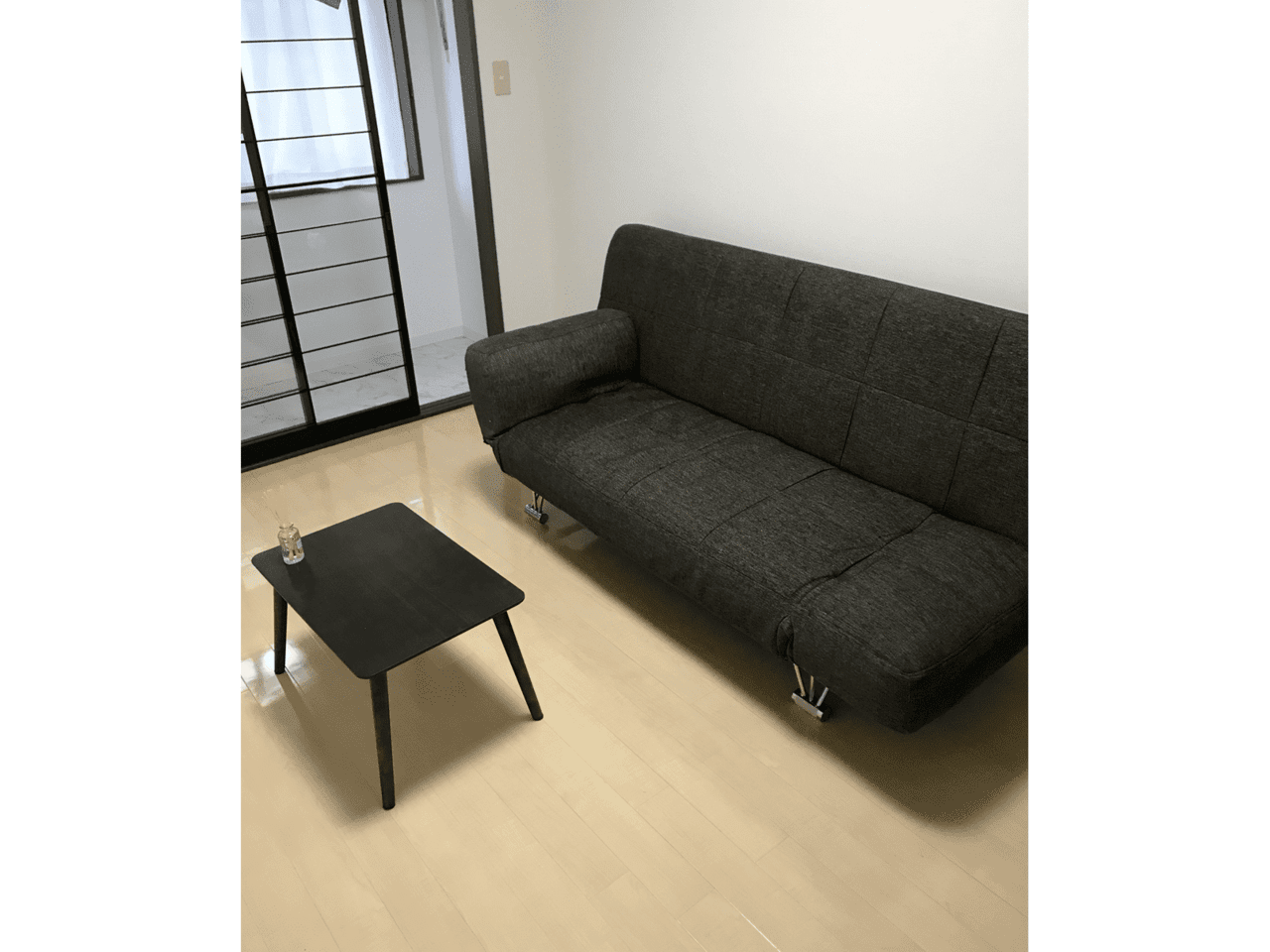 Our new couch is waiting for guests.
Our new couch is waiting for guests.
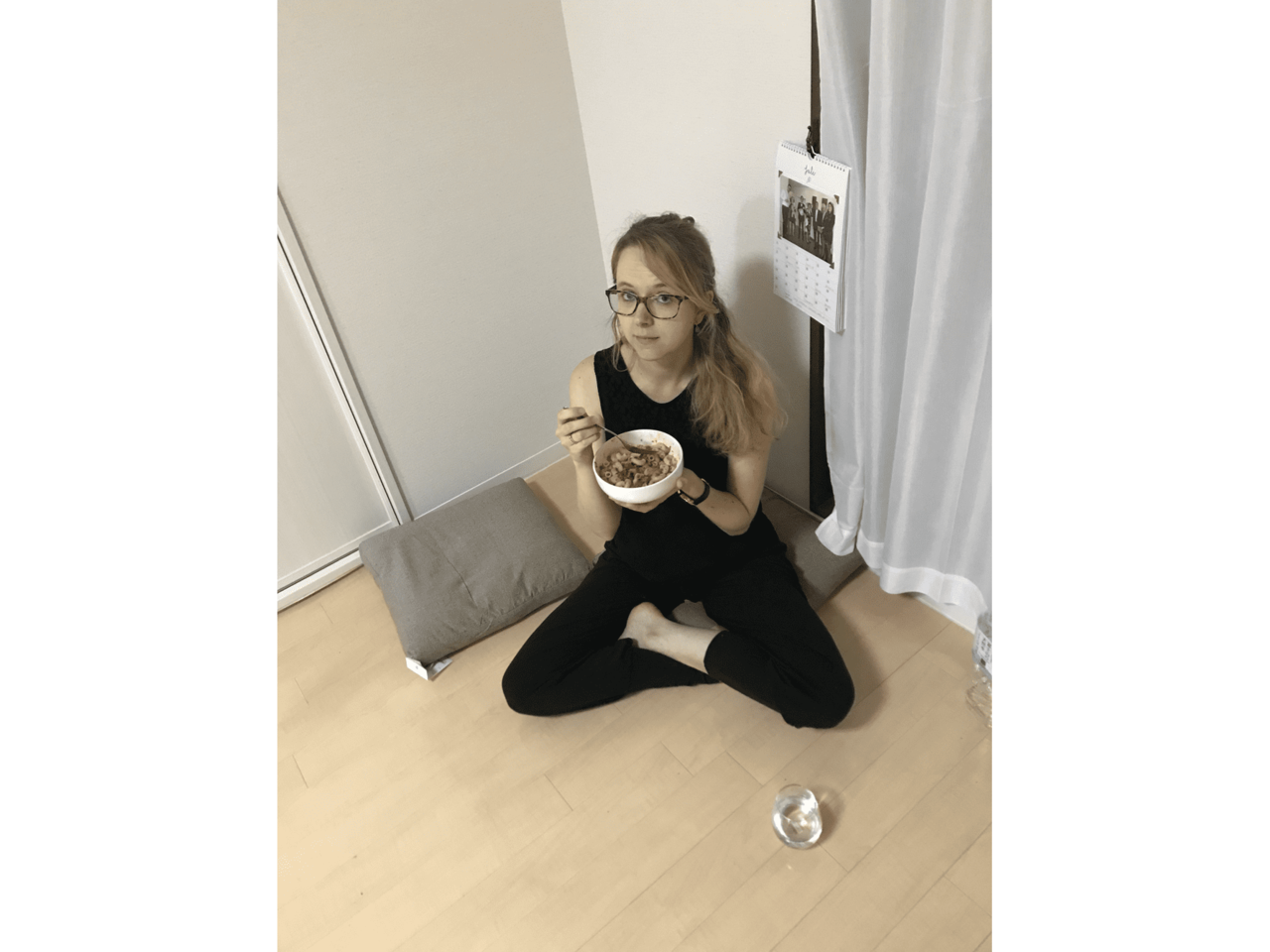 Eating on the floor was fun at the first evening, but now we are desperately in need of a table!
Eating on the floor was fun at the first evening, but now we are desperately in need of a table!
And finally, our grocery shopping skills have improved a little. I took some photos for you, so that you can get a good impression of how a supermarket looks like:
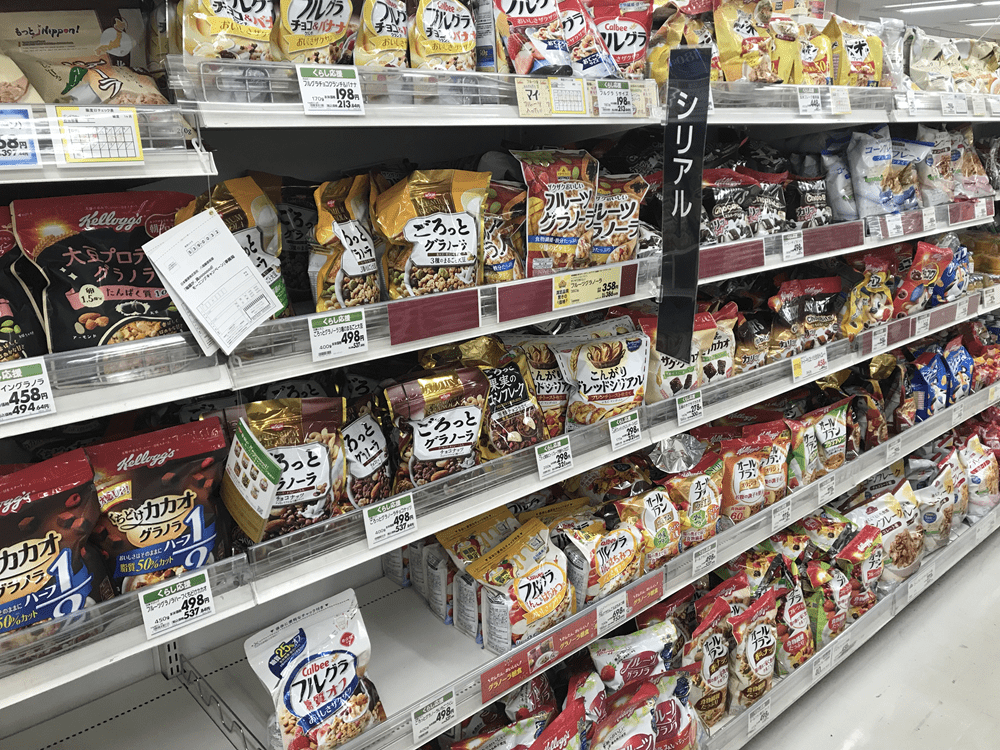
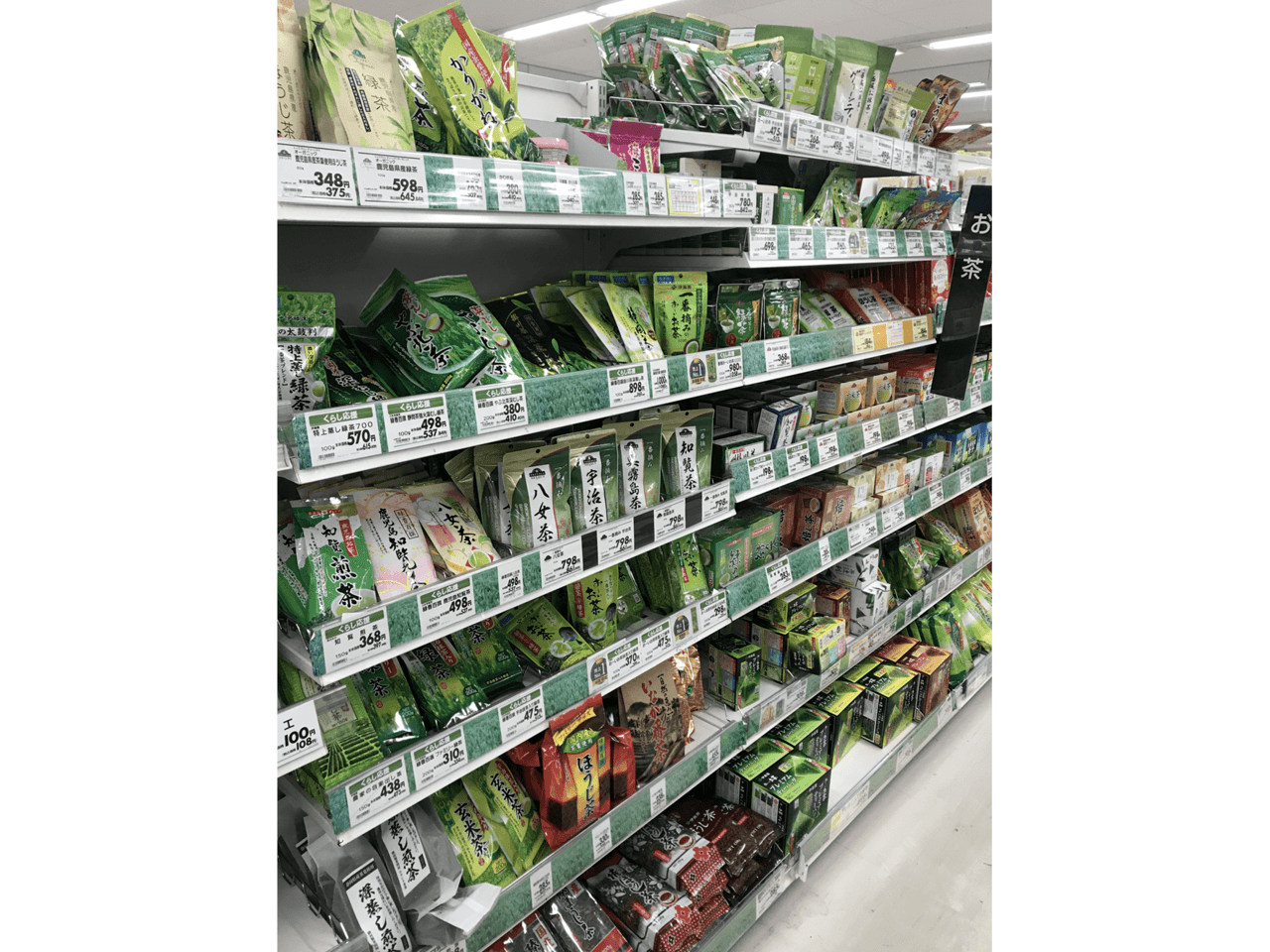 Try to choose the right one…
Try to choose the right one…
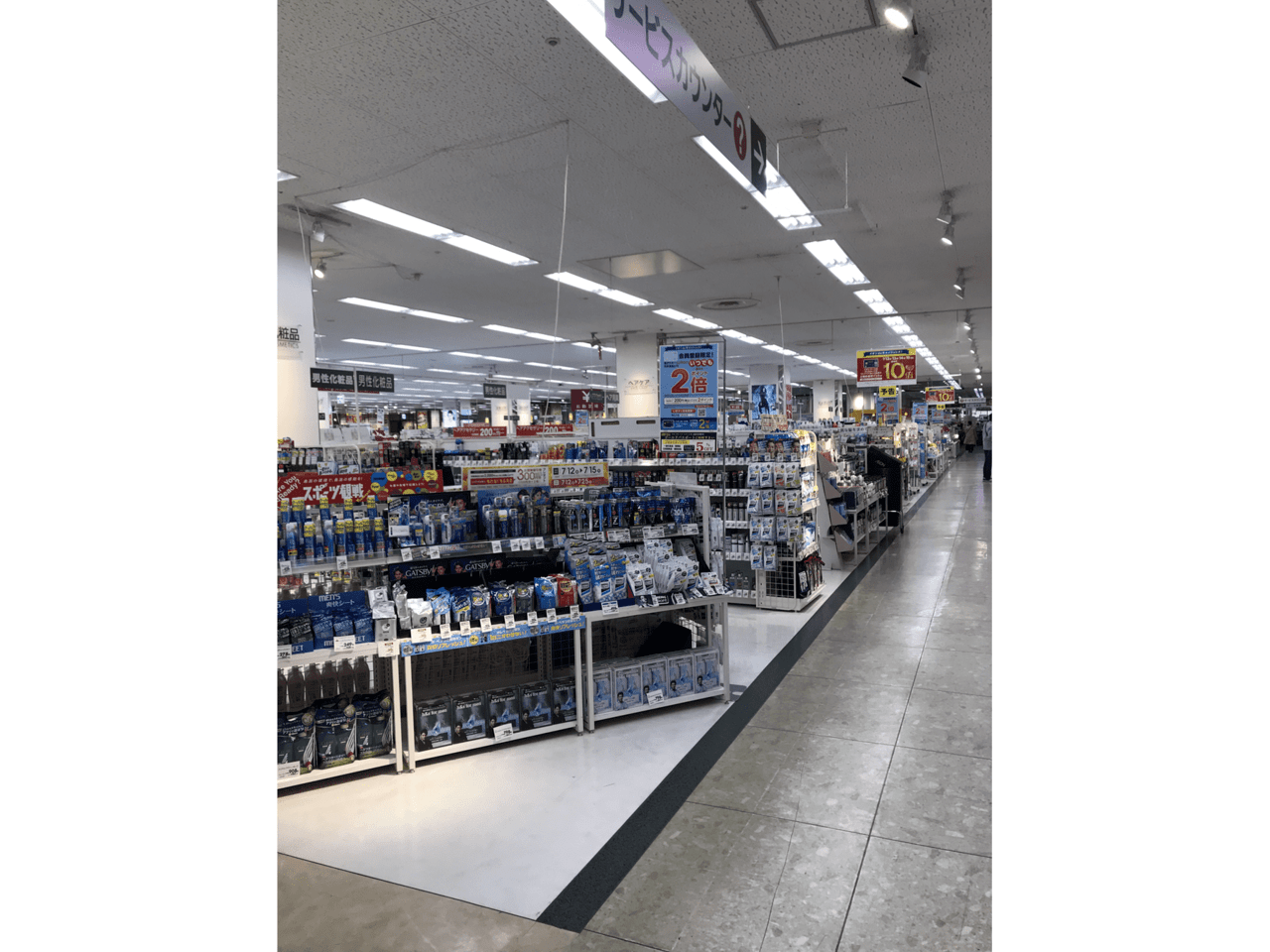
A note about cultural differences
Now, since many of you asked about it, let me tell you about some cultural differences I encountered so far. An interesting things regarding everyday life is that you have to consider the possibilities of earthquakes. For example, you should not put heavy items too high on a shelf because there is a high risk that they will fall down and hurt you, if an earthquake occurs. Also, you should be very considerate with the gas port: it should only be open during cooking. Switching the gas cooker off means closing the gas line, too. Every time. Same applies for the water line for the washing machine. It should always be closed, when the machine doesn’t run. There is huge emergency switch for electricity and gas next to our entry. So, if something happens, we are required to turn it off immediately. This is also the reason why you don’t find heavy cabinets in Japanese apartments - it’s too dangerous in case of an earthquake. For this reason, flats often have a lot of built-in wardrobes. For us, this is great as we do not have to buy additional furniture!
Another interesting thing is the way of interaction and communication that we observed. Japanese people are very reserved and always considerate not to attract unwanted attention. In public transport, it is very quiet. Everyone is keeping a polite distance and queuing is never stressful (like in Germany). There is no direct eye-to-eye contact when I am walking around. At first, I was a bit puzzled. As a blond, European person, I am really different to everyone else. But unlike in other countries like Thailand, where people were staring at us when we were walking around, nobody pays special attention and looks at us. Only children seem to be fascinated by us and often greet us which is quite cute.
To greet each other, the custom is to bow. At first, it was a little bit strange for us, but you adapt very fast and now we feel comfortable doing it ourselves. I hope we do it correctly. In stores or shops, the staff is very friendly and polite, however always speaking Japanese with us, even when it’s obvious that we didn’t understand a single word! But if you are looking for something and ask someone from staff to help, they always try their best to support us, even if they don’t really understand what exactly we want or are looking for.
And finally, I have some pictures for you from our washing machine and our toilet. The washing machine is a little bit different from the types we are used to. Without the translations that we got from Professor Notsu, we would not be able to use it. But not only washing is different - I really wonder if our clothes will ever dry in this humid climate. In Japan, you dry them on the balcony or in the winter-garden (or “sunroom”, as it is called here), hanging them on large bars that traverse the whole balcony. You can also buy additional hanging structures (place-saving constructions) that you add to the bars.

And the toilet is a typical Japanese toilet with lots of additional features. You can find these toilets also in public restroom areas. Most of the time, the “flush button” is highlighted so I don’t have to try out every button! Still, it is really different from our toilets at home. Our toilet has an integrated sink, at the top of the toilet tank. Water runs automatically after you’ve flushed. Also a very strange thing for us!
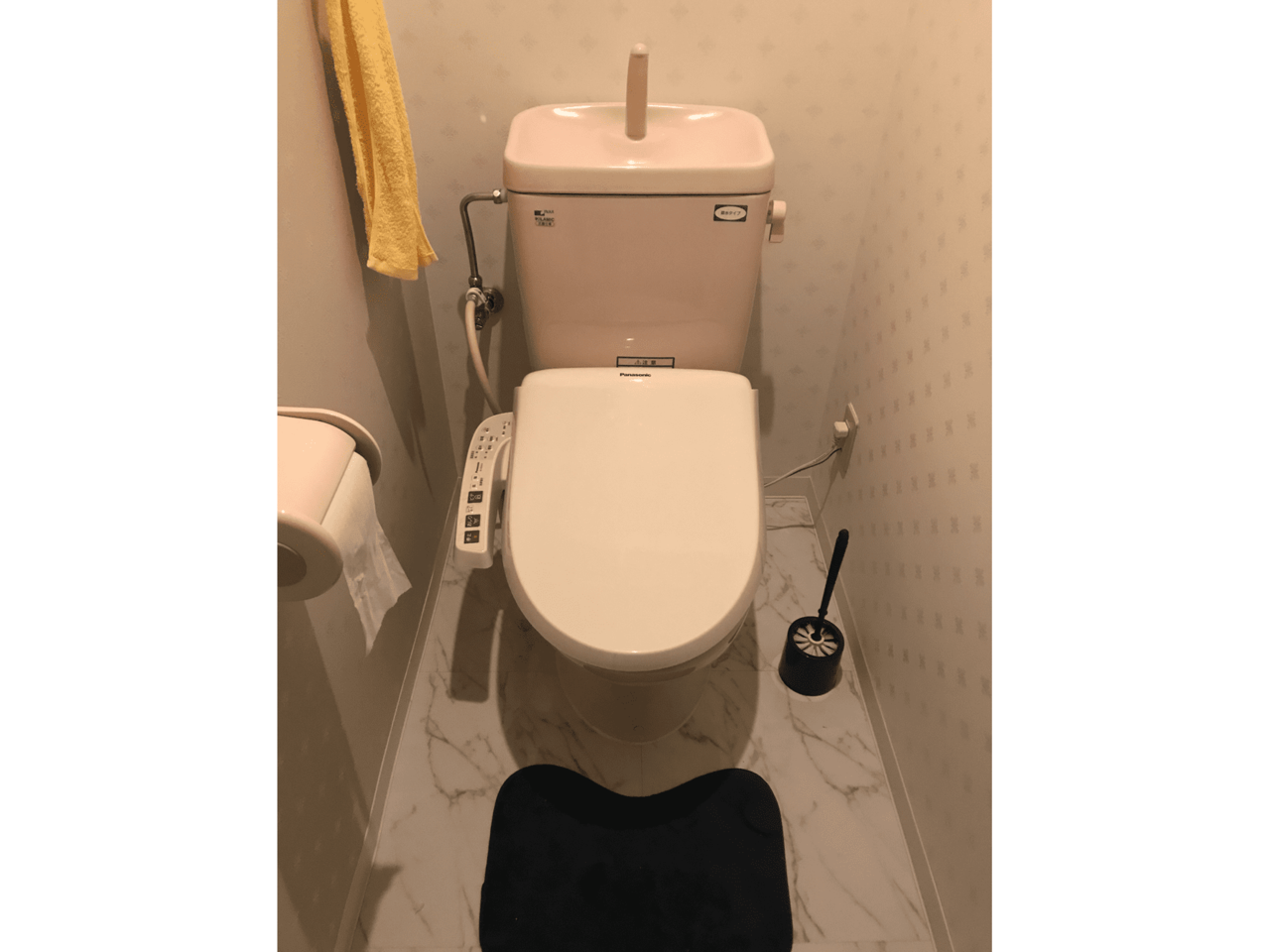
Our upcoming plans
On Saturday, we will join Niklas team for a trip into the mountains to the famous village of Gokayama. And next week, I will meet my Japanese tandem partner Rumi for the first time as well as a Professor for German language at the university. So, if you want to know more, stay tuned.
